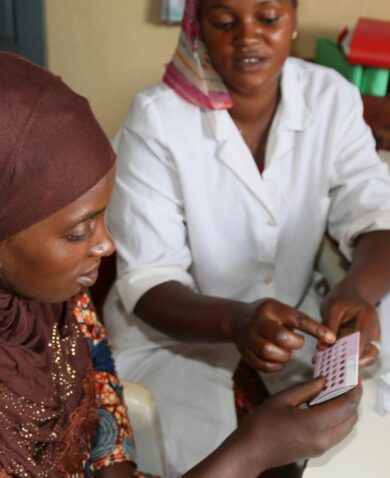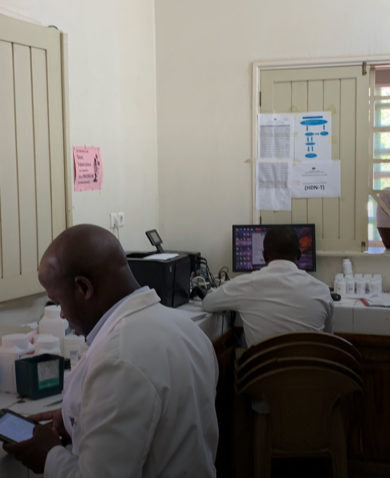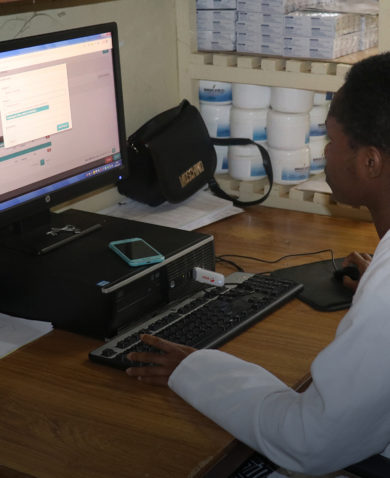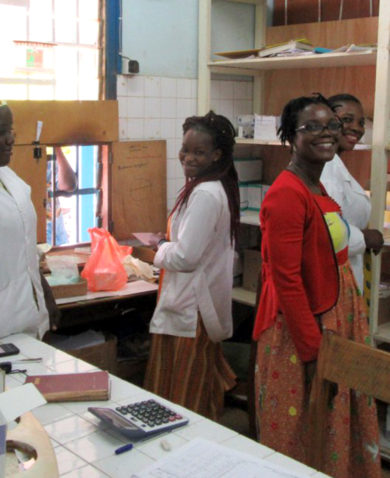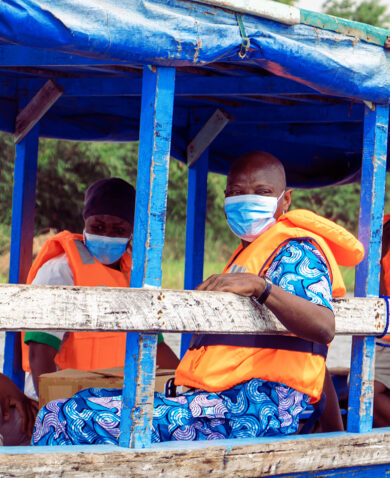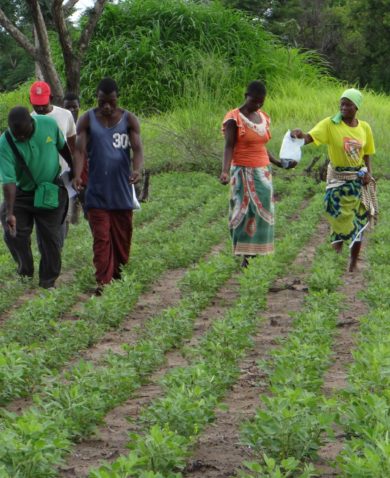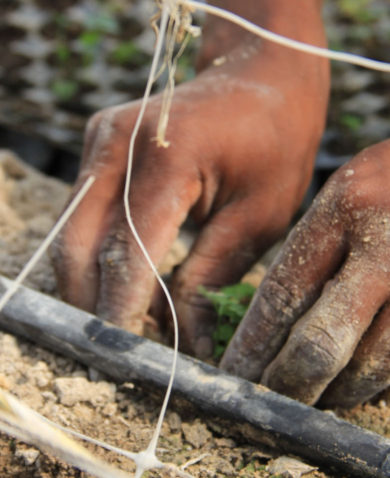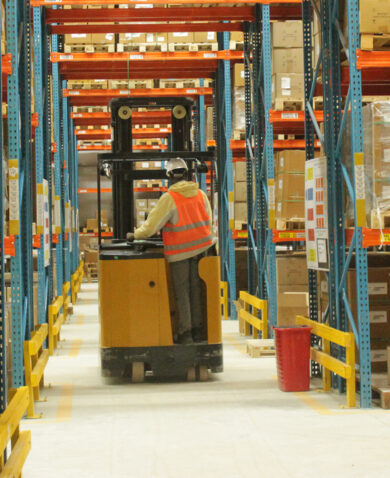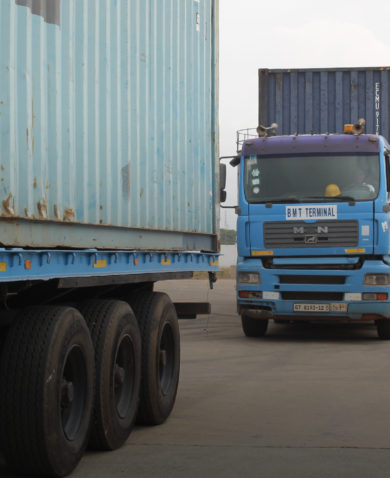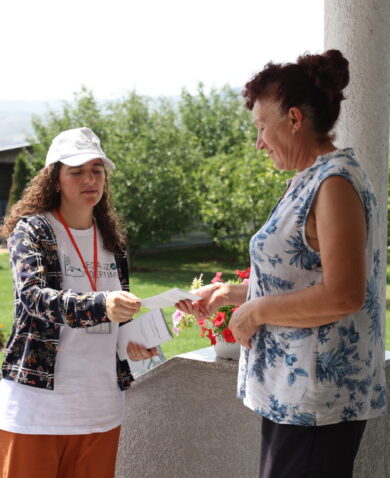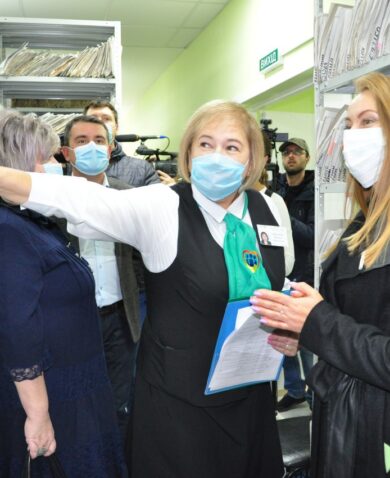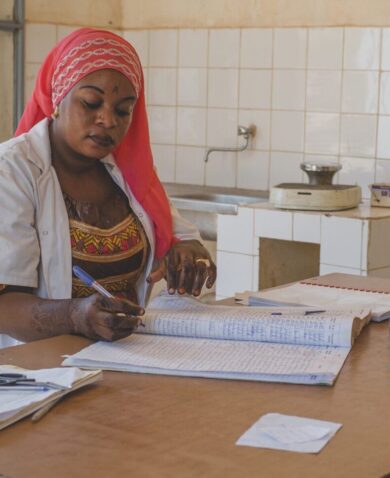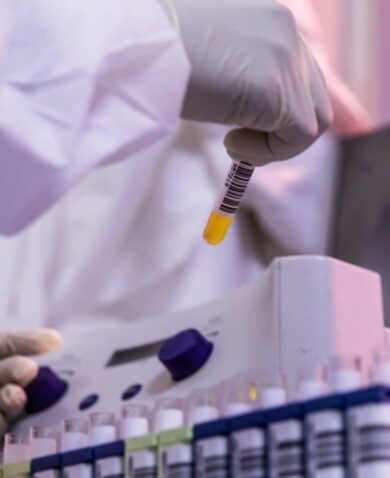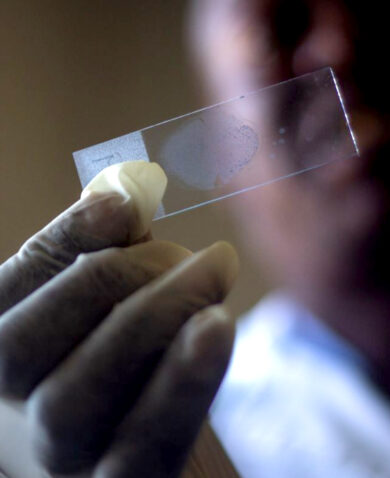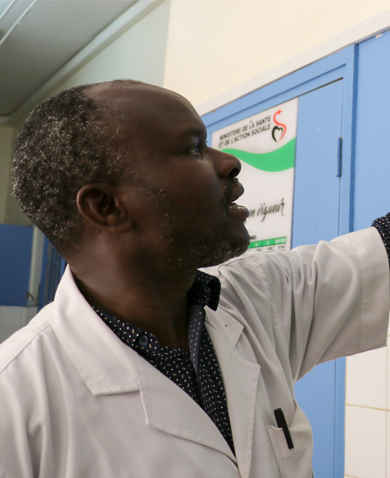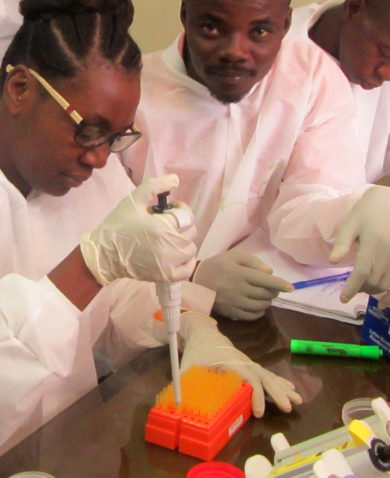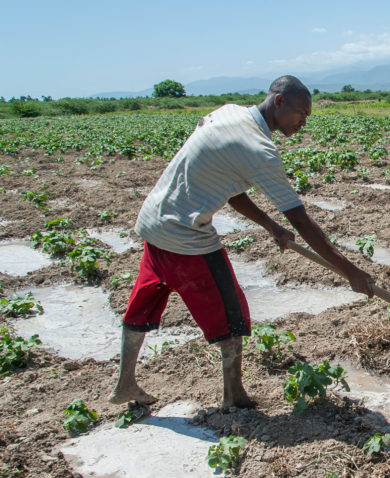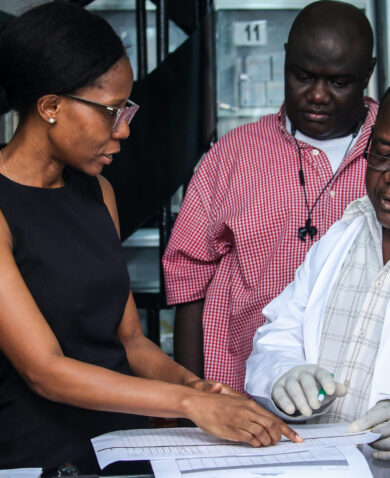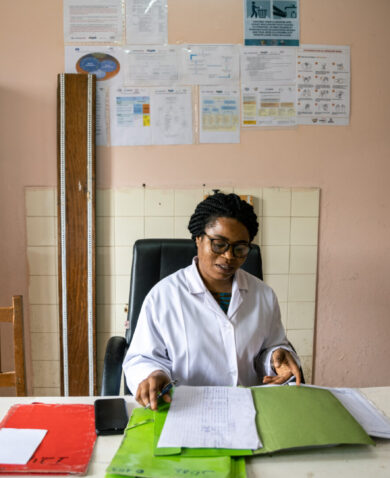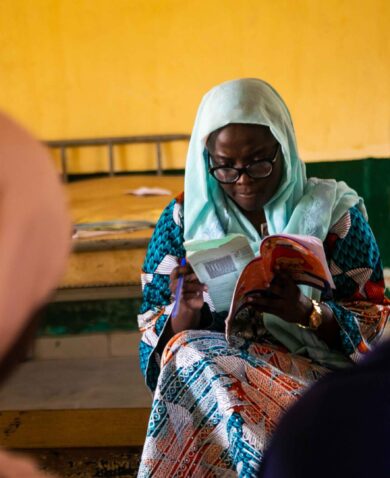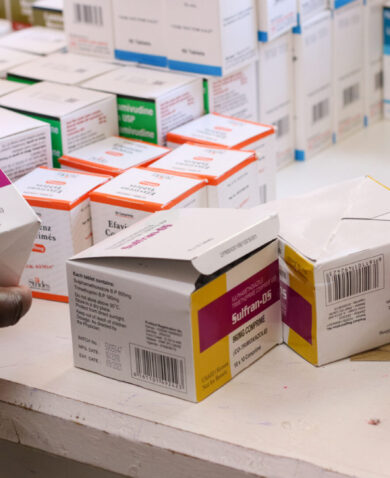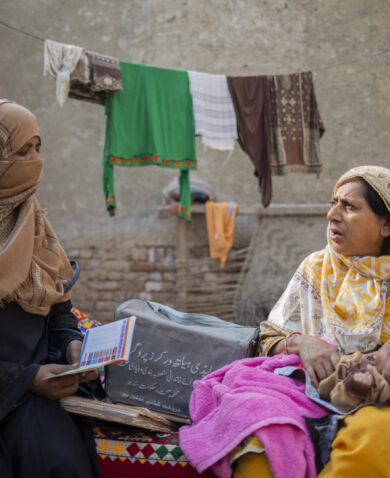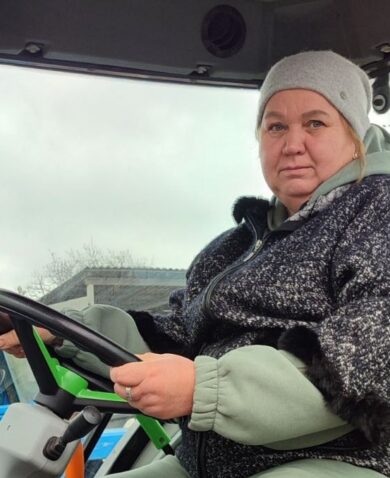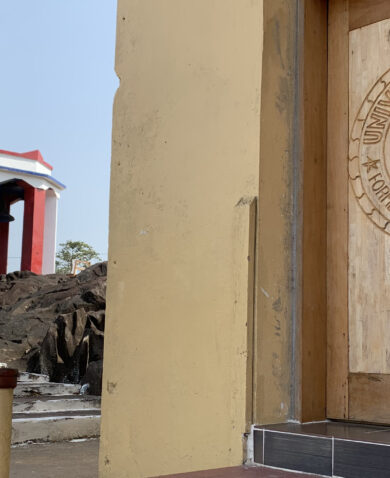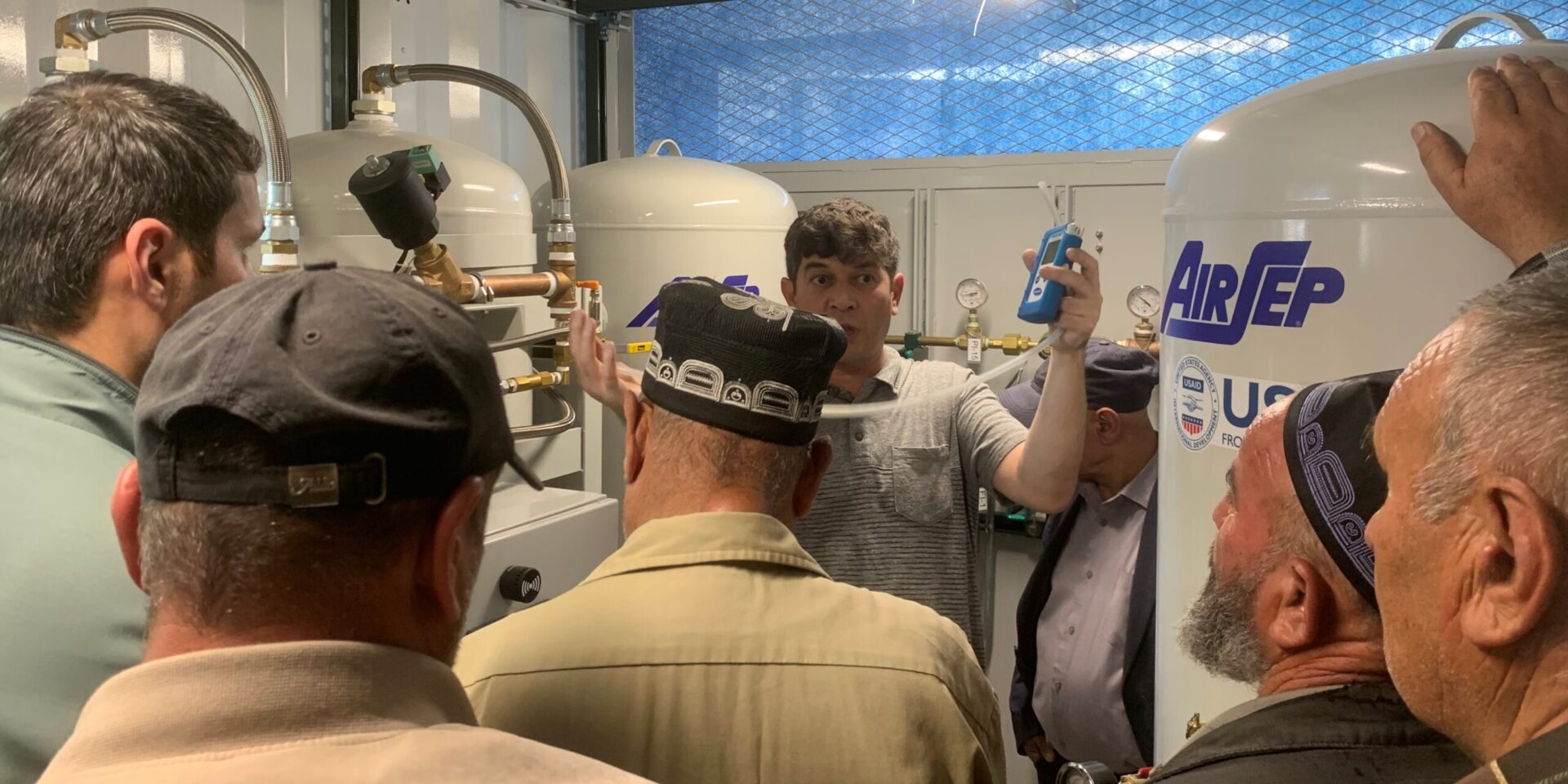
Tajikistan: Building Resilience into the Oxygen Supply Chain
October 19, 2022 | 3 Minute ReadWhen COVID-19 struck Tajikistan, it immediately became clear that the country was going to need assistance with its oxygen supply chain - not only with equipment, but also with training.
When COVID-19 hit Tajikistan in early 2020, it soon became clear that supplemental oxygen would be the most essential life-saving treatment for those who fell severely ill. Tajikistan’s health system, like many in lower- and middle-income countries, was unprepared to meet the needs of COVID-19 patients.
In India, for example, people formed long queues outside of hospitals to get oxygen for their loved ones, and an oxygen leak at one hospital in the country left two dozen people dead. Far less public information came out of Tajikistan, but health officials were aware of the risks of their deteriorating Soviet-era oxygen piping. Many facilities relied on oxygen cylinder deliveries from companies instead of oxygen-generating plants on site. Few trained biomedical engineers had proper knowledge about oxygen, and hospitals rarely followed international safety standards.
“There was a very high need to supply medical institutions with such equipment as oxygen generators, oxygen stations, and oxygen cylinders, as well as the construction of oxygen stations in multidisciplinary hospitals next to infectious diseases departments,” said Deputy Minister of Health Dr. Gafur Mukhsinzoda.
Tajikistan’s supply chain managers and health workforce would need significant training to improve the country’s oxygen ecosystem and prepare for future oxygen needs. Being successful was going to require a certain amount of innovation and risk, starting with getting the necessary equipment safely across snow-covered mountain passes to health facilities and installing it correctly.
Training for the Future
The Ministry of Health turned to development partners, including USAID, for support. In response, the Chemonics-led USAID Global Health Supply Chain Program-Procurement and Supply Management (GHSC-PSM) project procured and installed pressure swing absorption (PSA) oxygen-generating plants in four hospitals across Tajikistan. To operate the plants, health workers, technicians, and engineers needed to be trained. Additionally, the Ministry of Health needed to endorse a newly developed unified training curricula on the plants.
GHSC-PSM designed a training-of-trainers program for health workers, covering safe handling techniques when transporting oxygen, on-the-job oxygen hazards, and approaches to prevent workplace accidents involving oxygen. Of the 22 who received training, three biomedical engineering specialists in turn trained 136 technicians and bioengineers throughout the country. This training program is scheduled to be replicated in Kenya, where five PSA plants procured by GHSC-PSM will be installed and commissioned.
In an effort to ensure a sustainable stream of trained oxygen professionals, GHSC-PSM and the Ministry of Health went a step further by forging a partnership with Tajik Technical University to design a course on the safety fundamentals of oxygen production and use, as well as international standards.
“This course will be a solid basis for improving the quality of medical services,” said Professor Gadoev Safarali Ainidinovich, dean of the Innovative Technologies Faculty. “We are confident that specialists will be employed in medical institutions after graduation and will ensure the quality of oxygen-safe services.”
Innovating Sustainable Solutions
GHSC-PSM also created a public-private partnership opportunity with MedConcept, a private company that supplies health centers and hospitals with medical equipment in Central Asia and Africa. The company has agreed to offer internships to Tajik Technical University graduate students, as well as potential employment opportunities after graduation. In addition, MedConcept will provide preventative maintenance to each of the PSAs. Finally, GHSC-PSM is working to develop standard operational procedures for the PSA plants in the local language, Tajik.
Healthcare workers are especially pleased at the results of the Tajikistan oxygen project, which has been fully handed over to the Ministry of Health.
“After the launch of the oxygen station, we will not have problems any more with a lack of medical oxygen,” said Dr. Abdulloeva Rano, chief doctor from Panjikent Hospital. “Patients, especially intensive care patients, patients with respiratory diseases, patients with СOVID syndrome, will fully receive pure medical oxygen.”
Updating the oxygen equipment in Tajikistan’s hospitals and training a health workforce to maintain it created resilience and sustainability in the medical oxygen supply chain. Installing PSA plants in hospitals increased accessibility of medical oxygen for patients. And the adoption of oxygen courses by the Tajik Technical University will ensure that a new generation of biomedical engineers will have the skills and knowledge to operate high-tech oxygen systems in the hospitals of Tajikistan.
This is the third part of a three-part series on risk and innovation in the global health supply chain. The first part is an overview of the topic, and the second part focuses on supply chain risk and response in Ukraine during the conflict there.
Posts on the blog represent the views of the authors and do not necessarily represent the views of Chemonics.






